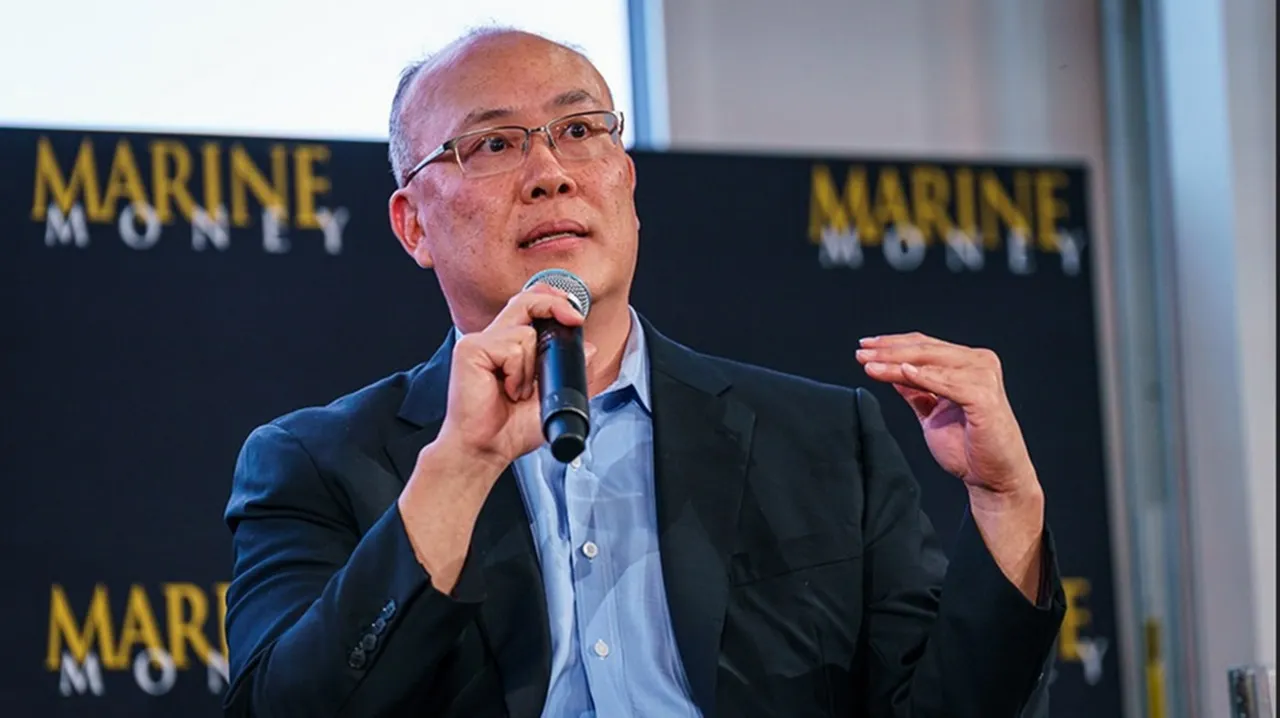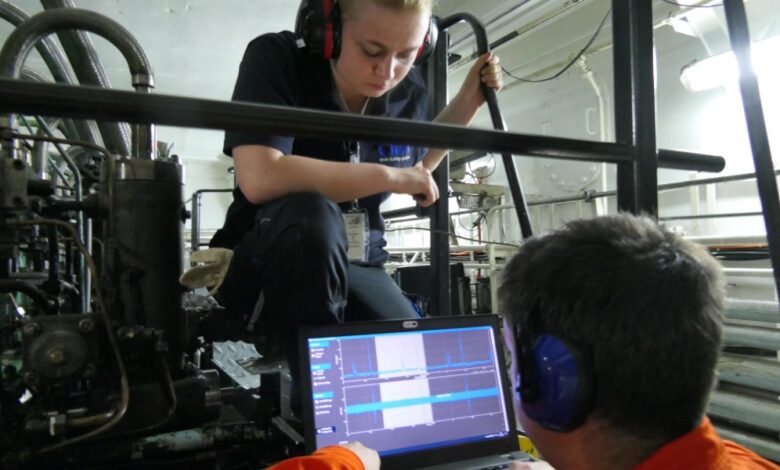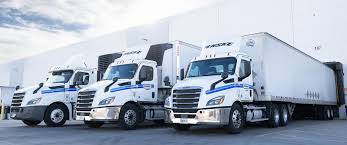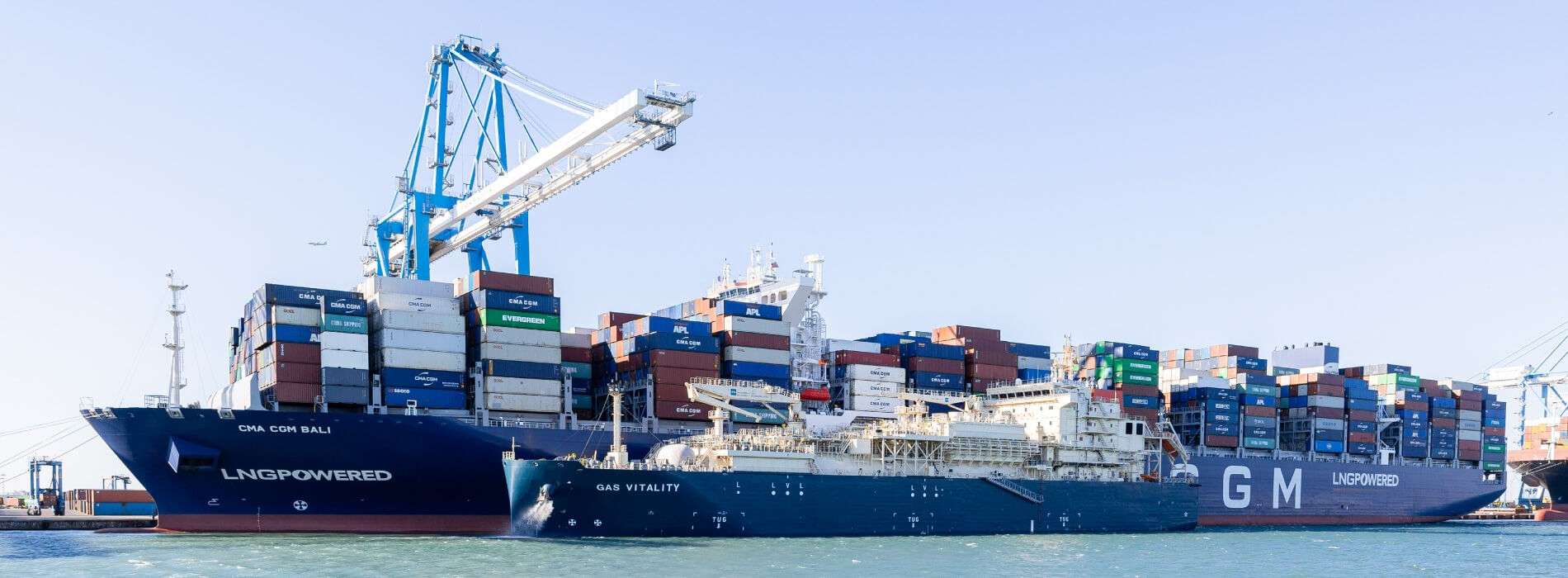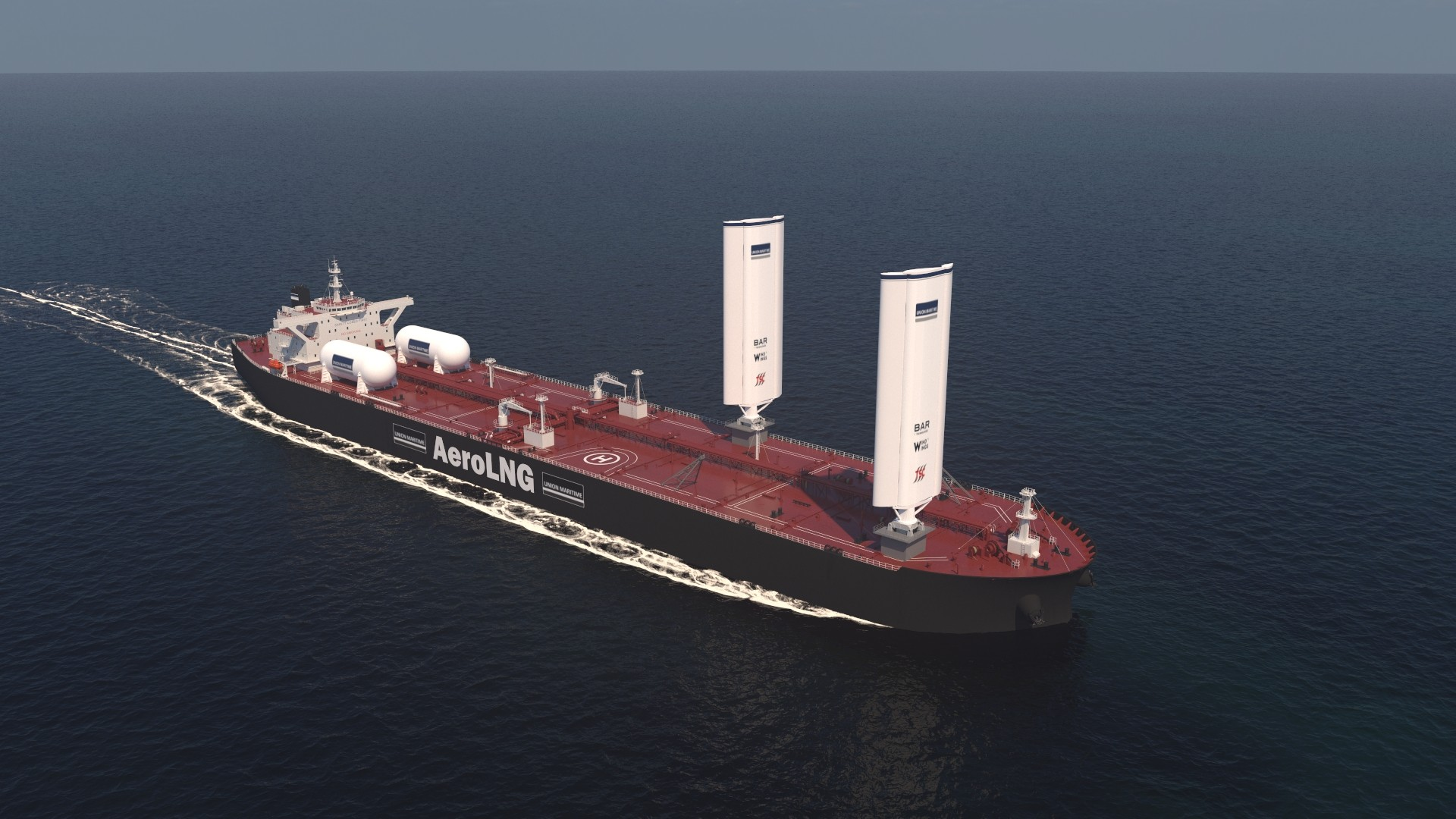Seatrade Maritime: US shipbuilding – one step backwards, two steps forward?
From a key appointment quitting the White House to Hanwha Philly Shipyard receiving an LNG carrier newbuild order it’s been a tumultuous couple of weeks for US shipbuilding.
IDavid Kim, who led the integration for Hanwha’s acquisition of Philly Shipyardcredit: Marine Money- David Butler
In recent weeks, the buzz and excitement surrounding military and commercial vessel building in the United States had taken some “incoming”- notably when Ian Bennitt, a senior member of the National Security Council- with a focus on maritime matters, was reported to be leaving the White House office, along with at least one deputy. The Trump administration has an intent to develop a “Maritime Action Plan” for advancing the US commercial shipping business, with an official announcement set for November, if the current schedule holds.
The latest announcements by Hanwha Ocean, the parent company of what is now the Hanwha Philly Shipyard, may provide a hint of the way forward for US commercial shipbuilding. In a complicated structure among related companies, Hanwha Shipping, a US subsidiary of the Korean shipbuilder Hanwha Ocean, has ordered an LNG tanker to be delivered from the Hanwha Philly Shipyard.
The Korean parent had acquired the facility, nearby to Philadelphia, Pennsylvania, in late 2024 from its previous owners, tied to Norwegian conglomerate Aker, for approximately $100 million. The yard has built vessels serving in the Jones Act for US owners including Overseas Shipholding Group (now part of Saltchuk), Exxon, and Matson.
The initial cost, certainly subject to revisions, of the new vessel has been pegged at KRW348 billion which works back to around $260 million- roughly in line with recent prices of newly ordered 180,000 cu metre LNG, although the specs of the Hanwha Shipping vessel are not yet known. There is also an option for a second vessel.
Related:Houthi Red Sea attacks could drive ship recycling in H2
The US has not built LNG carriers since the late 1970s- when the Quincy (Massachusetts) yard of General Dynamics turned out ten 125,000 cu metre ships with spherical tanks. LNG vessels figure prominently in declarations from the United States Trade Representative (USTR) that would impose costs on port calls for Chinese linked ships, and would mandate US flagging for a portion of the fleets.
The key to the seemingly reasonable pricing, thought by observers to be an impossibility for US built commercial vessels, is that much of the construction will occur in South Korea.
A translation of the Hanwha announcement reveals that: “A significant portion of LNG carrier construction is centered around Hanwha Ocean’s Geoje plant, but Hanwha Philly Shipyard plans to support certification work to meet US laws and maritime safety standards of the United States Coast Guard (USCG). If it is to be registered as a US vessel, it is essential to meet the standards of the USCG and undergo certification, and Hanwha Philly Shipyard, which has extensive experience in building ships in the US, will take the lead in this. As such, this project will be operated as a joint construction model of the two shipyards.”
Related:Van Oord growing subsea rock installation vessel fleet
The Hanwha conglomerate has stated intentions of playing an important role in US shipbuilding and bringing highly successful technologies from its South Korean yards into the US fold. Hanwha had an important presence at the Marine Money Week, in New York, joining the top maritime law firms and capital providers as a “Prime Sponsor”. Indeed, Day 1 of the three day conference, keynoted by Senator Mark Kelly (a leading for behind the SHIPS for America Act, a proposal in both the Senate and the House) was titled “Revitalizing US Maritime Industries: Opportunities for American & International Shipowners & Investors”
The day’s speakers included Ryan Lynch, the CEO of the US subsidiary Hanwha Shipping- with a focus on potential new commercial construction demand from Trump administration initiatives, and David Kim, who led the integration for Hanwha’s acquisition of Philly Shipyard, talking about Hanwha’s big picture view of opportunities in US military and commercial shipbuilding.
Related Posts

